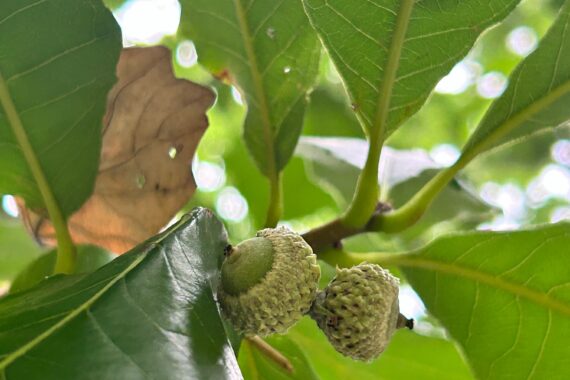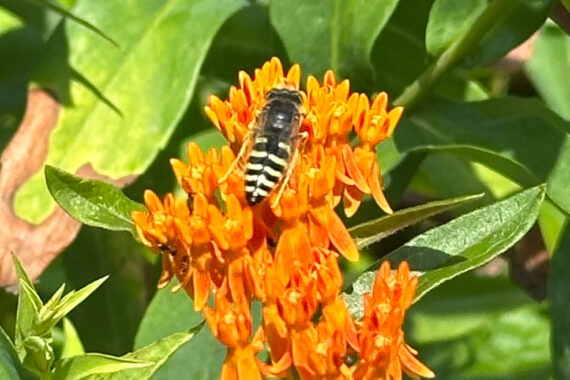Arboricultural Tour of Washington Square Park
ARBORICULTURAL TOUR: Learn about how trees grow in different environments and how their seasonal adaptations. This tree outing will be led by arborist Christopher Biden. Join us on Saturday, November 15th at 11 a.m. The event is free but RSVP is required.



